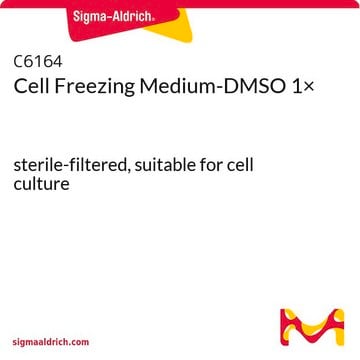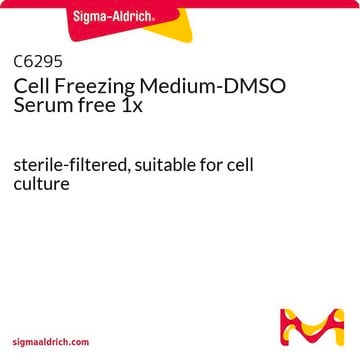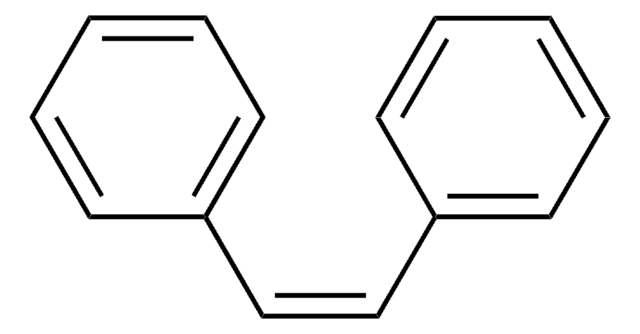SCC210
UFH-001 Human Breast Cancer Cell Line
Human
Sinonimo/i:
CAIX-positive breast cancer cells, triple negative breast cancer cells
About This Item
Prodotti consigliati
product name
UFH-001 Human Breast Cancer Cell Line, The UFH-001 triple negative CAIX+ human breast cancer cell line is suitable as a model for studying the mechanisms of triple negative breast cancer progression, metastasis and migration.
Origine biologica
human
tecniche
cell culture | mammalian: suitable
Descrizione generale
Source:
UFH-001 cells are derived from MCF-10A cells, a spontaneously immortalized breast cancer epithelial cell line originating from breast tissue of a healthy female patient . UFH-001 cells were sorted for CAIX expression by flow cytometry .
Descrizione della linea cellulare
Applicazioni
Cancer
Qualità
• Cells are tested negative for HPV-16, HPV-18, Hepatitis A, B, C, and HIV-1 & 2 viruses by PCR.
• Cells are verified to be of human origin and negative for inter-species contamination from rat, mouse, chinese hamster, Golden Syrian hamster, and non-human primate (NHP) as assessed by a Contamination CLEAR panel by Charles River Animal Diagnostic Services.
• Cells are negative for mycoplasma contamination.
• Each lot of cells is genotyped by STR analysis to verify the unique identity of the cell line.
Stoccaggio e stabilità
Esclusione di responsabilità
Codice della classe di stoccaggio
10 - Combustible liquids
Classe di pericolosità dell'acqua (WGK)
WGK 2
Punto d’infiammabilità (°F)
Not applicable
Punto d’infiammabilità (°C)
Not applicable
Certificati d'analisi (COA)
Cerca il Certificati d'analisi (COA) digitando il numero di lotto/batch corrispondente. I numeri di lotto o di batch sono stampati sull'etichetta dei prodotti dopo la parola ‘Lotto’ o ‘Batch’.
Possiedi già questo prodotto?
I documenti relativi ai prodotti acquistati recentemente sono disponibili nell’Archivio dei documenti.
Il team dei nostri ricercatori vanta grande esperienza in tutte le aree della ricerca quali Life Science, scienza dei materiali, sintesi chimica, cromatografia, discipline analitiche, ecc..
Contatta l'Assistenza Tecnica.







